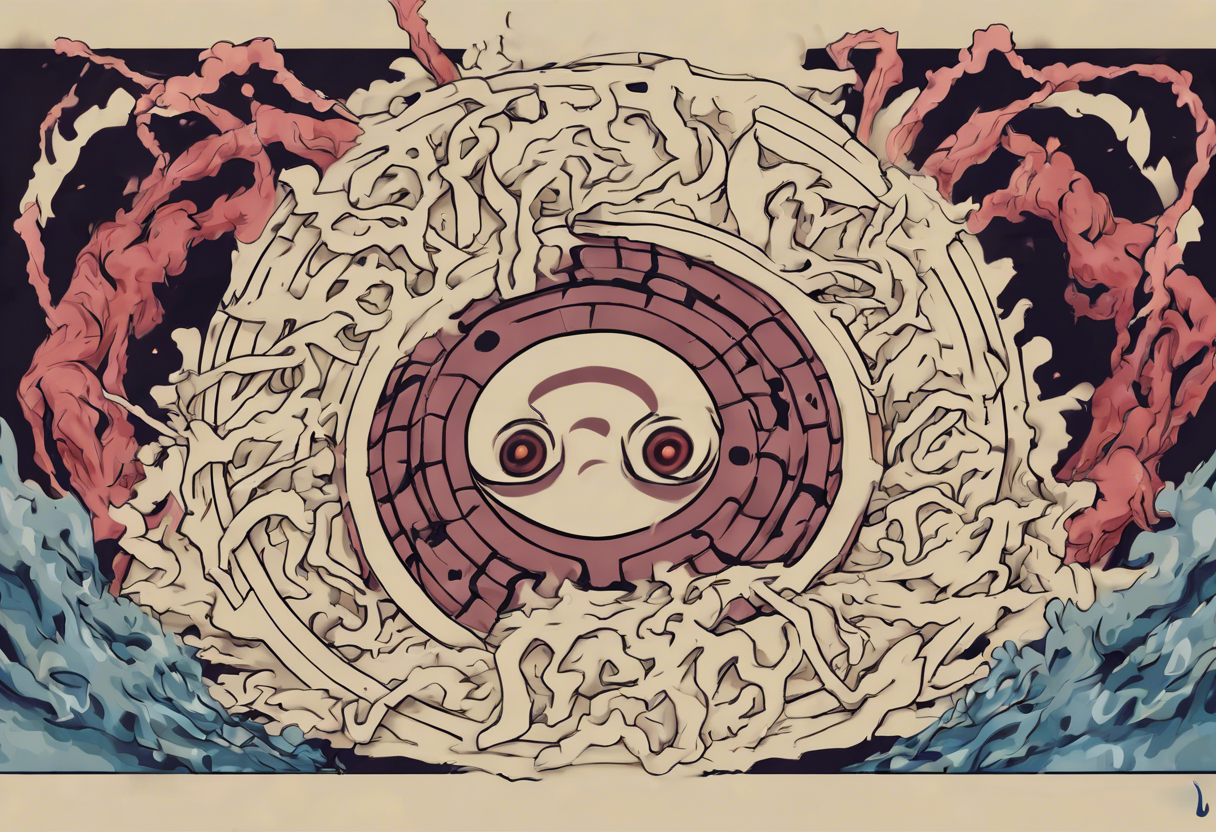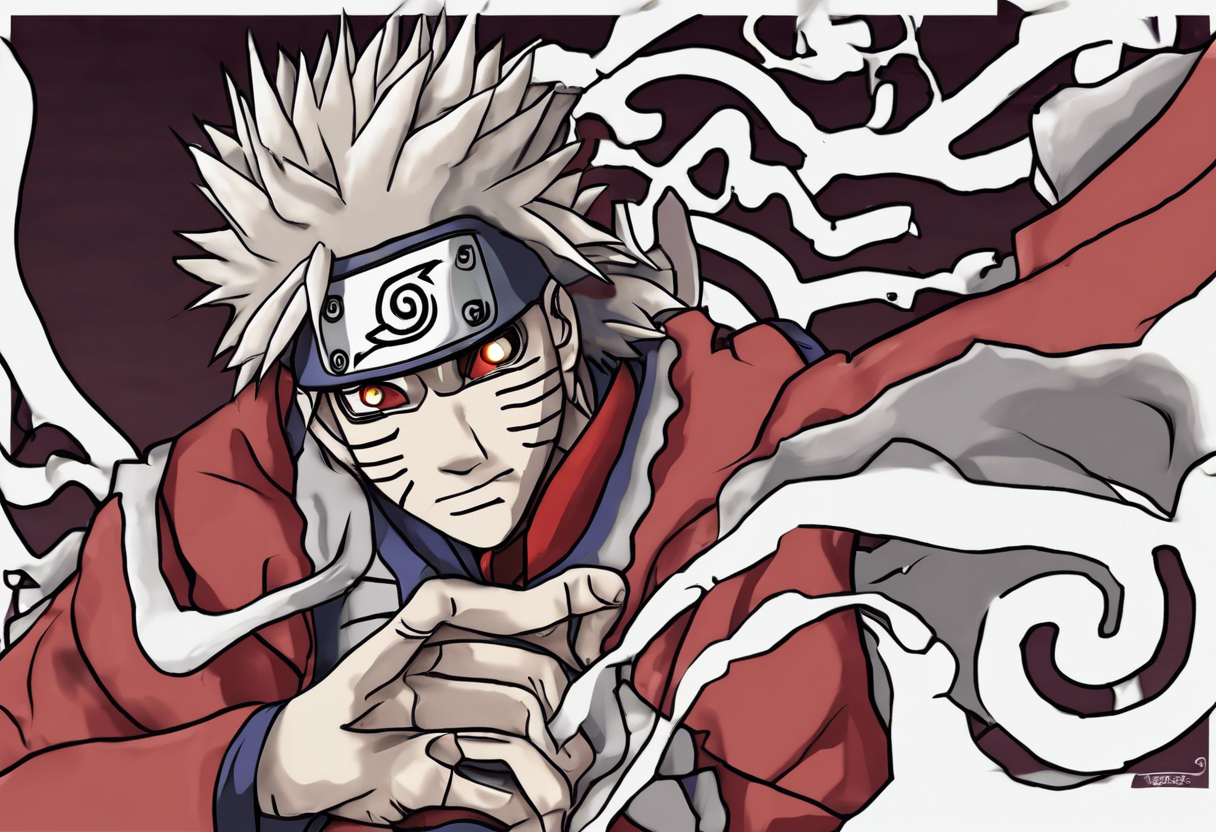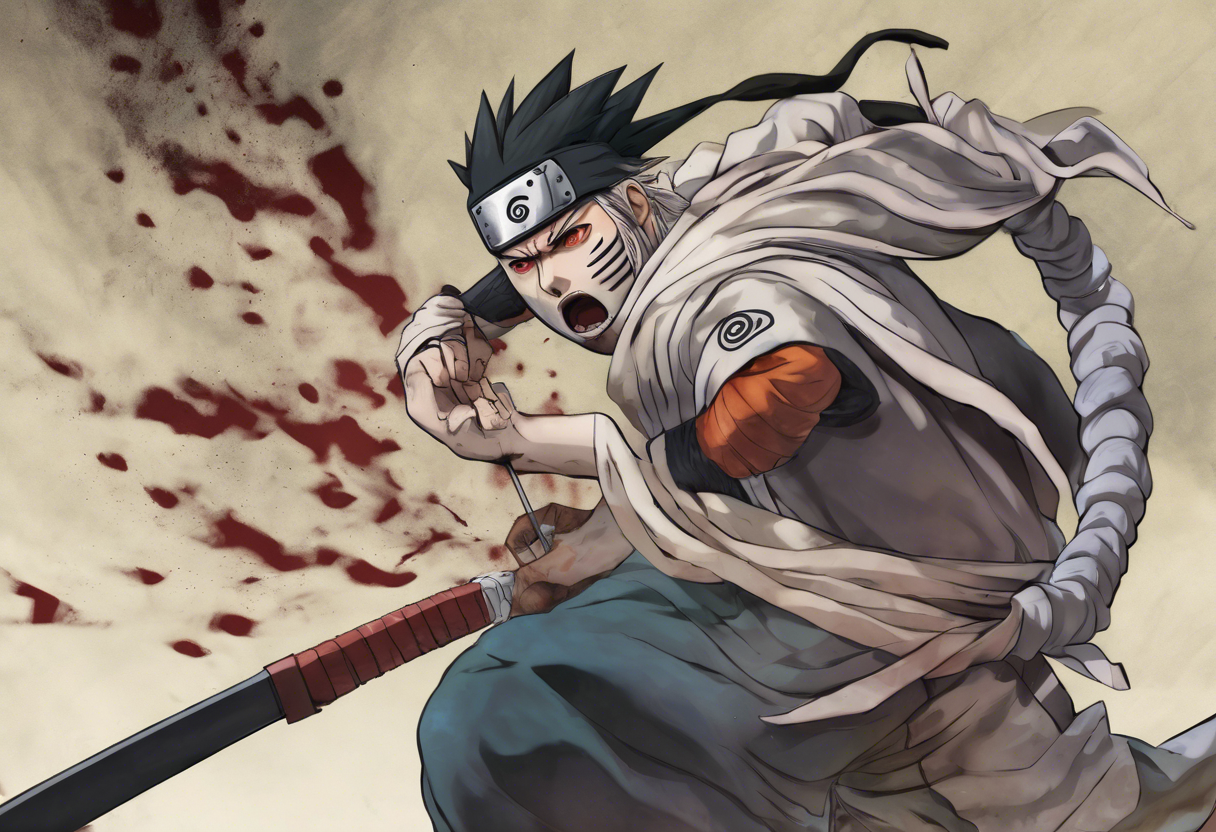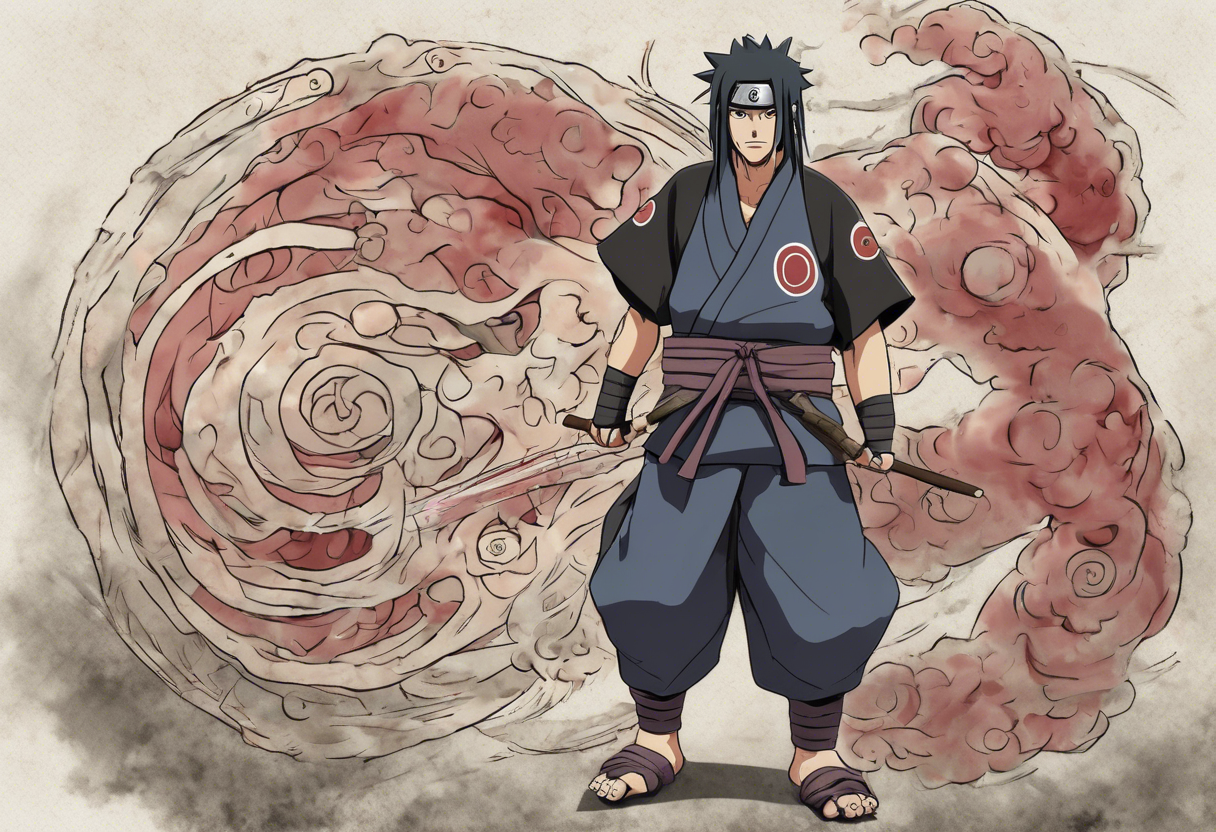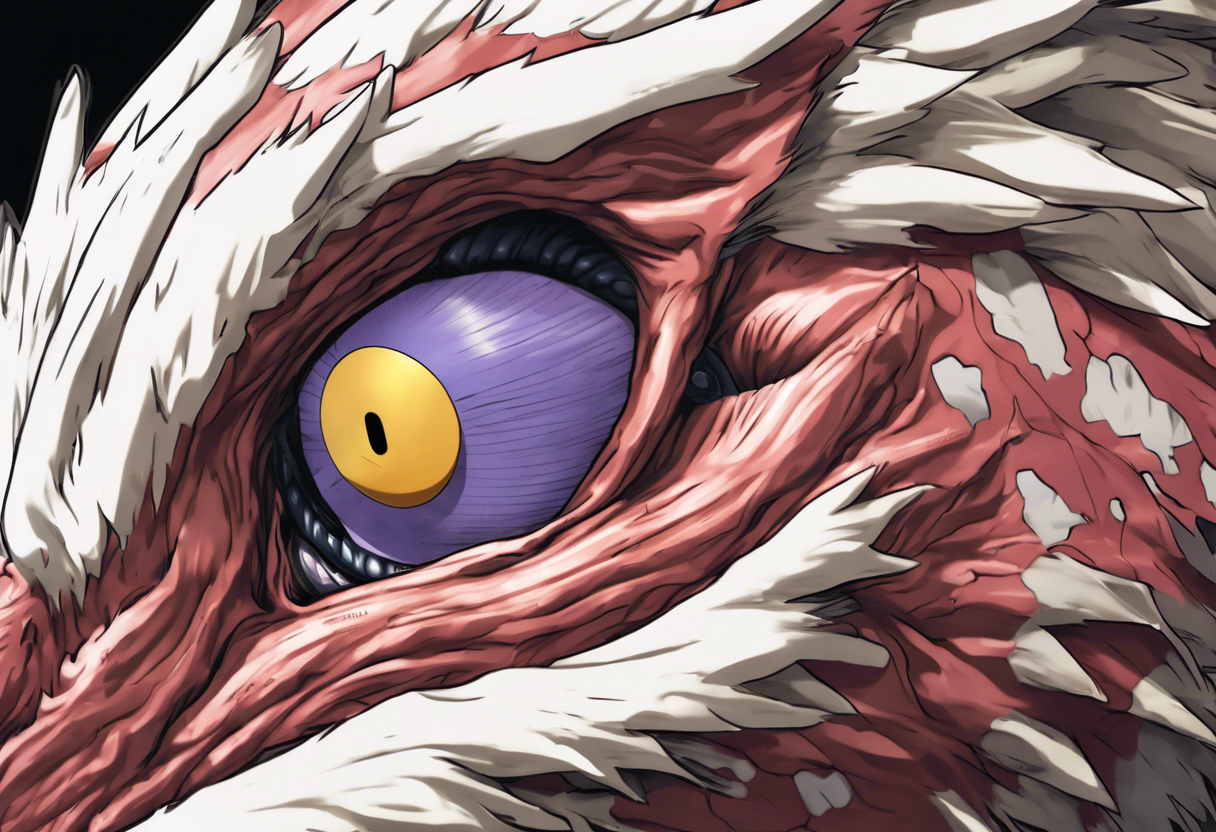Contents
Introduction
"The Targeted Shukaku" is an episode from the popular anime series "Naruto," specifically from Season 5, Episode 33. This episode is part of the larger narrative of the series created by Masashi Kishimoto. The anime adaptation, produced by Studio Pierrot, has been a cornerstone of Japanese animation since its debut in 2002.
The episode "The Targeted Shukaku" was first aired on January 11, 2007. While specific details about the director, writer, and producer for this particular episode are not readily available, the overall series was directed by Hayato Date, with screenplays often written by multiple writers, and produced by a team including Tomoko Gushima and Ken Hagino.
What sets "The Targeted Shukaku" apart is its intricate plot and character development, which are hallmark features of the "Naruto" series. This episode delves into the complexities of the ninja world, exploring themes of loyalty, duty, and the consequences of power.
Plot Summary
In "The Targeted Shukaku," a Sand shinobi named Matsuri is abducted by a mysterious ninja. This event sets off a chain of actions as Gaara, the Fifth Kazekage of the Hidden Sand Village, is compelled to accept the abductor’s challenge to rescue Matsuri[2][3].
The main storyline revolves around Naruto Uzumaki and his friends as they intervene in the situation to prevent the challenge from ending in catastrophe. Gaara, known for his intense and often isolated personality, must navigate this challenge while Naruto and his team work to uncover the truth behind Matsuri’s abduction and the motives of the mysterious ninja.
The episode is set in the Hidden Sand Village, a key location in the "Naruto" universe, and involves several prominent characters, including Gaara, Naruto, and other members of Team 7. The plot is driven by the central conflict of rescuing Matsuri and the broader implications of Gaara’s involvement, which ties into his role as the Kazekage and his responsibilities towards his village.
Themes and Symbolism
"The Targeted Shukaku" explores several central themes that are characteristic of the "Naruto" series. One of the primary themes is the concept of duty and responsibility, particularly highlighted through Gaara’s actions. As the Kazekage, Gaara’s duty to protect his village and its people is paramount, and this episode showcases his willingness to accept challenges to fulfill this duty.
Another significant theme is the power of friendship and teamwork. Naruto and his friends exemplify this by working together to help Gaara and rescue Matsuri, demonstrating the strength that comes from unity and cooperation.
Symbolically, the episode touches on the idea of isolation versus connection. Gaara’s character, often portrayed as isolated and alone, is contrasted with the bonds of friendship and camaraderie that Naruto and his friends represent. This contrast highlights the importance of human connections in overcoming challenges and finding strength.
Cultural Impact
"The Targeted Shukaku" is part of a series that has had a profound cultural impact globally. "Naruto" has become a cultural phenomenon, inspiring countless fans with its rich characters, intricate world-building, and compelling storylines.
Upon its release, "The Targeted Shukaku" contributed to the ongoing popularity of the series, which was already well-established by 2007. The episode’s themes and characters resonated with audiences, particularly in Japan, where the series has a significant following.
The influence of "Naruto" extends beyond the anime itself, with references in other media, such as manga, video games, and even fashion. The series has also inspired fan art, cosplay, and fan fiction, demonstrating its deep impact on popular culture.
Critical Reception
"The Targeted Shukaku" received positive reviews from both critics and audiences. The episode’s engaging storyline, character development, and the emotional depth of Gaara’s character were particularly praised.
On IMDb, the episode has a rating of 7.2/10, indicating a strong reception from viewers[2]. Critics appreciated the episode’s ability to balance action, drama, and character development, which are key elements of the "Naruto" series.
There have been no major controversies surrounding this specific episode, but interpretations of Gaara’s character and his actions have varied among fans. Some see his willingness to accept the challenge as a sign of his growth and commitment to his duties, while others view it as a reflection of his ongoing struggle with his past and his role as the Kazekage.
Legacy
"The Targeted Shukaku" remains an important part of the "Naruto" series, contributing to the overall narrative and character arcs. The episode’s themes of duty, friendship, and the complexities of power continue to resonate with audiences.
The "Naruto" series as a whole has left a lasting legacy in the world of anime and manga. It has inspired numerous other series and has been a benchmark for storytelling and character development in the genre.
The enduring relevance of "The Targeted Shukaku" and the "Naruto" series can be seen in its continued popularity, even years after its initial release. The series continues to inspire new generations of fans, filmmakers, and artists, solidifying its place in cinematic and anime history.
References
- https://tv.apple.com/us/episode/the-targeted-shukaku/umc.cmc.7439smzmhkf6i7fhzx99homko?showId=umc.cmc.3i5nwaw2x5ejk401dxbs92rbm
- https://www.imdb.com/title/tt1304206/
- https://kaphinated.livejournal.com/62986.html
- https://beneaththetangles.com/2011/02/15/review-silence-by-shusaku-endo/
- https://en.wikipedia.org/wiki/Itachi_Uchiha

